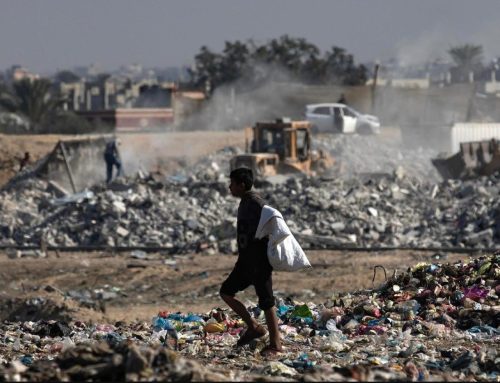For the 149th time, the city of Lourdes, located in southwest France and close to the southern border with Spain, marks the pilgrimage days that were called “the national pilgrimage” because the French were invited annually to commemorate this pilgrimage. However, a few years ago, this pilgrimage evolved into “an international” one rather than being just a national one. This year saw the participation of a large number of Christians of the East as well as others from the Arab world and expatriate Christians in France. We, as a Jordanian delegation, had the privilege to participate for this first time which was praised by officials.
I was personally honored to accompany the Jordanian delegation, which was small in number but had an impressive presence, particularly in participating in volunteer work and services, especially for the sick and the elderly who also come on their beds or wheelchairs. A large number of young people from all over the world were mobilized to serve them, at a time when this year was the prominent one marked by Jordanian participation.
On the sidelines of these pilgrimage meetings, we met with new Archbishop of Lourdes Jean Marc Micas who expressed his desire to visit Jordan after I had told him about the visit of his predecessor Archbishop Nicolas Prouvé to Jordan in September 2018, at a time when he visited the Grotto of Our Lady of Lourdes in Na’our, which was installed in 2015 to be a miniature of the original Grotto of Our Lady of Lourdes in France. As Arab and Middle Eastern delegations, we also met with Archbishop of Marseille Cardinal Jean-Marc Aveline who expressed his appreciation of the French Church for the Christians of the East and their civilizational contributions to serve churches and societies as a whole by promoting religious and intercultural dialogue. He said that the Diocese of Marseille, which he serves, also values this beautiful plurality of cultures and civilizations, as it has always been a haven for those coming from the countries of the East.
In conjunction with these meetings, I always thought about religious tourism and how to support it in our beloved country. Lourdes is a city that became popular after the apparitions of Blessed Mary to a young girl who was 14 years old, namely Bernadette Sobero. Since then and after the Church approved the authenticity of these apparitions, the annual pilgrimage began, or rather the daily one, to this wonderful city, which is considered one of the largest religious touristic sites in the world as it has more than 135 hotels which are almost busy all year round.
There is, of course, the Marian Grotto, which covers an area of more than 500 acres and can accommodate hundreds of thousands of people. For example, there was this week 20,000 people from all over the world in this spacious space. They had daily programs including spiritual activities, cultural meetings, prayers, chants, and evenings to listen to the people who had certain spiritual experiences. As for the places adjacent to the Grotto of Lourdes, I would say that they are well and perfectly prepared to receive pilgrims, expatriates, and visitors through the availability of shops, restaurants and hotels.
This is what we dream of in Jordan, especially at the Baptism Site, where a Royal committee was named months ago to consider the future of lands adjacent to the Baptism Site. We want to dream, we want the dream to grow further, and we definitely want the dream to have it come true. This, of course, requires concerted efforts, but it needs as well grasping from the experiences of others and visiting these places of global religious tourism sites in order for us to have this spiritual concept, and at the same time the concept of religious tourism one.
The spiritual concept means that there is a holy place whose respect is imperative since it welcomes worshipers, believers, and penitents. There are also other places adjacent to this Holy Site that need attention as well as launching investment projects and plans to offer comprehensive services to all those who stay in this place, namely spiritual, social, humanitarian, and even entertainment ones. We are awaiting the next 150th pilgrimage.
Fr. Dr. Rif’at Bader | en.abouna.org






